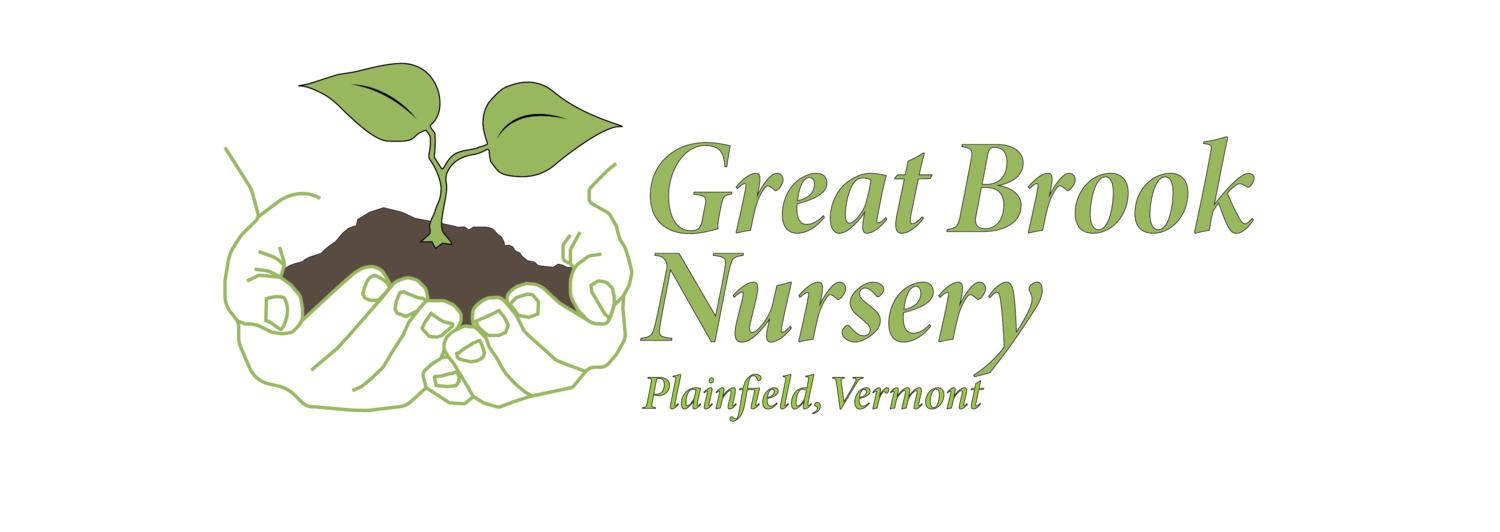Salvia (Lamiaceae)
The name salvia comes from the latin salveo, “I heal”. Most people in the US think of the culinary sage, officinalis, but it is a world wide genus with over 900 species of herbs and shrubs used as ornamentals, medicinals and as a culinary ingredient. We currently have two salvias that are both ornamental and medicinal. Salvia Hians, or Kashmir sage, is native to the Himalayas and used as a tea and stimulant. The other is S. Miltorhizzia, or Dan Shen, which is the species used inTCM. Both have a similar habit, bushy, solitary plants putting up a spike of blue tubular flowers that terminate as a pair of lips. The roots are a striking red, indicating its medicinal constituents, and giving it its other common name, red sage. Easy to grow in full sun and well drained soil. Beautiful and important plants.
We also have two ornamental cultivars from s. Nemorosa: ‘Rose Queen’ and Violet Queen’.
The name salvia comes from the latin salveo, “I heal”. Most people in the US think of the culinary sage, officinalis, but it is a world wide genus with over 900 species of herbs and shrubs used as ornamentals, medicinals and as a culinary ingredient. We currently have two salvias that are both ornamental and medicinal. Salvia Hians, or Kashmir sage, is native to the Himalayas and used as a tea and stimulant. The other is S. Miltorhizzia, or Dan Shen, which is the species used inTCM. Both have a similar habit, bushy, solitary plants putting up a spike of blue tubular flowers that terminate as a pair of lips. The roots are a striking red, indicating its medicinal constituents, and giving it its other common name, red sage. Easy to grow in full sun and well drained soil. Beautiful and important plants.
We also have two ornamental cultivars from s. Nemorosa: ‘Rose Queen’ and Violet Queen’.
The name salvia comes from the latin salveo, “I heal”. Most people in the US think of the culinary sage, officinalis, but it is a world wide genus with over 900 species of herbs and shrubs used as ornamentals, medicinals and as a culinary ingredient. We currently have two salvias that are both ornamental and medicinal. Salvia Hians, or Kashmir sage, is native to the Himalayas and used as a tea and stimulant. The other is S. Miltorhizzia, or Dan Shen, which is the species used inTCM. Both have a similar habit, bushy, solitary plants putting up a spike of blue tubular flowers that terminate as a pair of lips. The roots are a striking red, indicating its medicinal constituents, and giving it its other common name, red sage. Easy to grow in full sun and well drained soil. Beautiful and important plants.
We also have two ornamental cultivars from s. Nemorosa: ‘Rose Queen’ and Violet Queen’.




